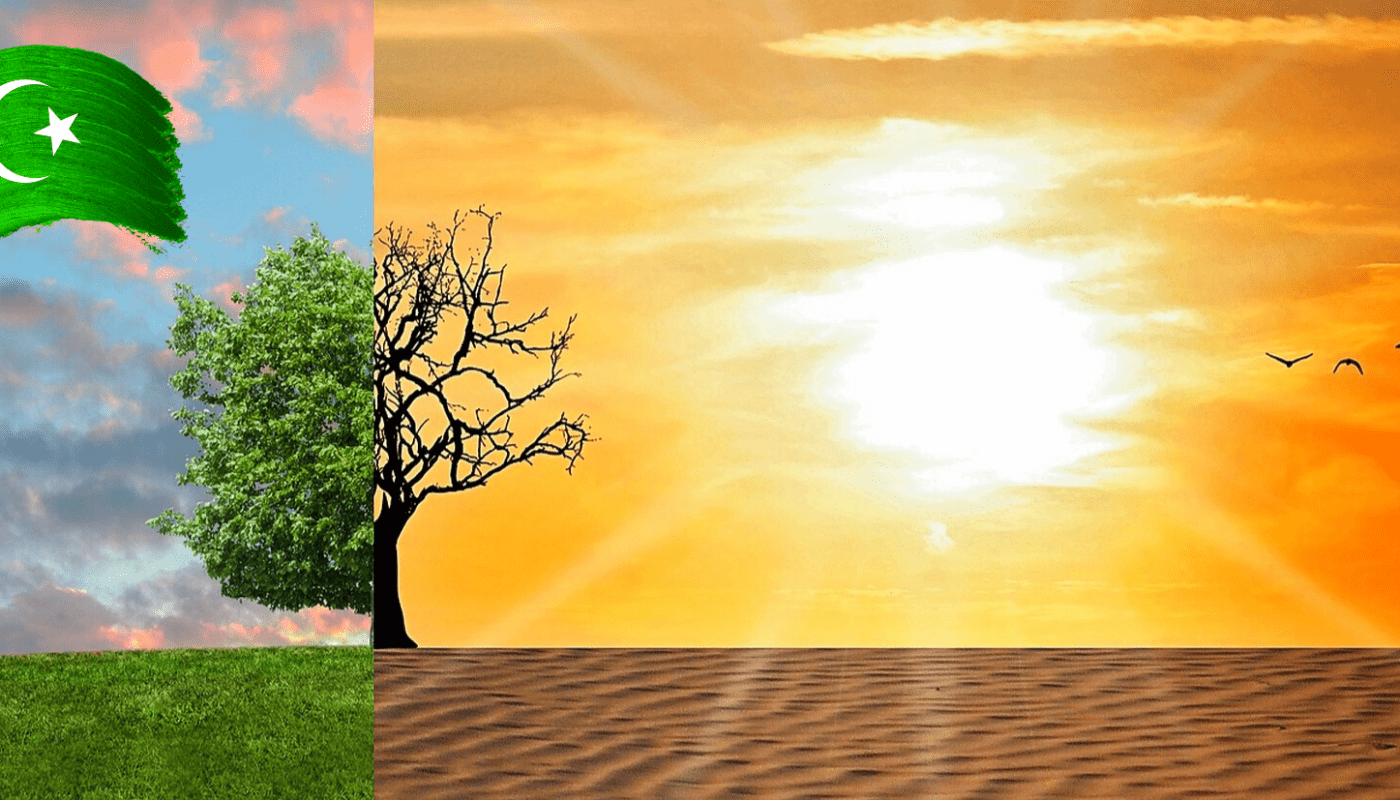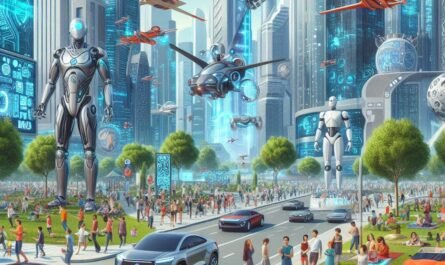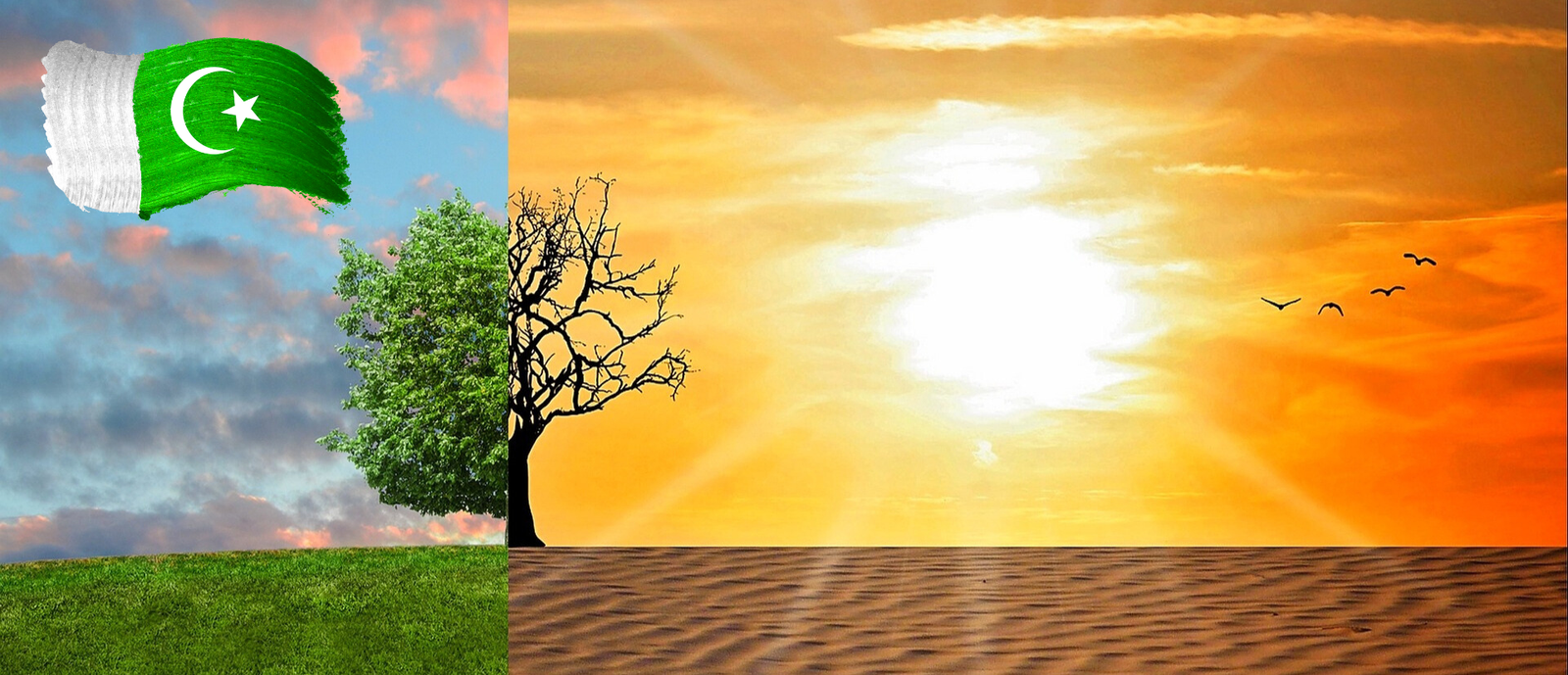
Introduction
Climate change affects the whole world in big ways. But it hits countries like Pakistan harder because of where they are how their economy works, and how their society is set up. As the Earth gets hotter, weather changes and more natural disasters happen, Pakistan faces many problems. These issues put its environment, economy, and people at risk.
The Current Climate Picture in Pakistan
Pakistan, a land with climates from deserts to mild valleys, sees big changes in its weather. In recent years, the country has faced more extreme weather like heat waves, floods, droughts, and melting glaciers.
Higher Temperatures
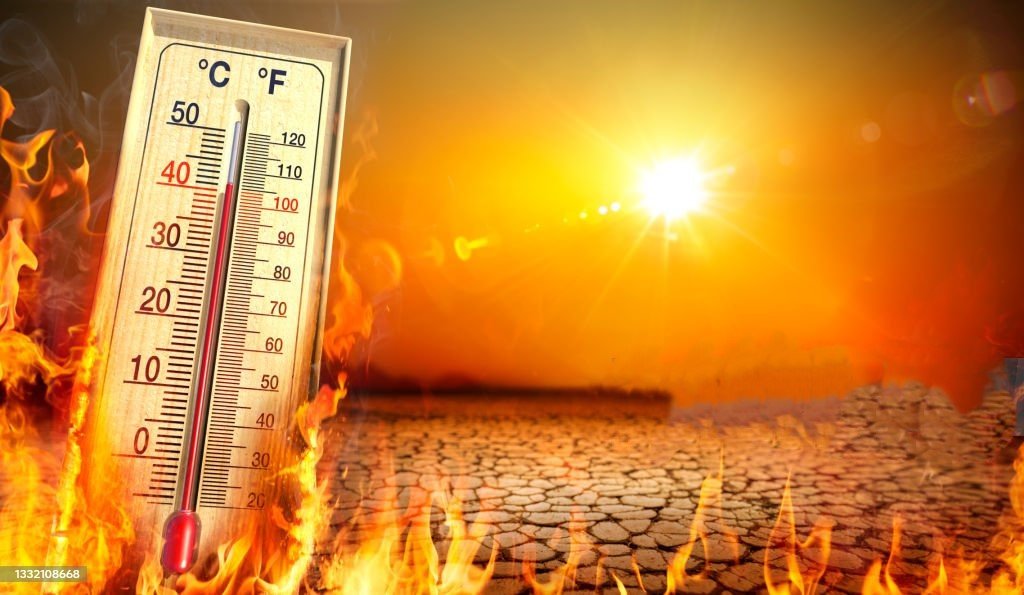
Pakistan’s average temperature has climbed. Summer months show this climb, with towns like Jacobabad and Sibi hitting some of the world’s hottest marks. This intense heat puts health at risk causing heat strokes and similar problems. It also affects farming, as crops and animals react to temperature shifts.
4. Shifting Rain Patterns

Agriculture in Pakistan is the backbone of its economy and relies on predictable monsoon rains. Climate change impacts these patterns causing either too much rain that leads to floods or not enough rain that results in droughts. The super flood in 2010, for example, affected more than 20 million people and had a huge impact on the economy. On the flip side, areas like Tharparkar often experience droughts, which cause water shortages and make it hard to get enough food.
5. Glacial Melt

The northern parts of Pakistan have some of the biggest glaciers on Earth. These glaciers give water to the country’s rivers the Indus River, which is key for farming and everyday water use. But warmer temperatures worldwide are making glaciers melt faster. This causes glacial lake outburst floods (GLOFs) and changes how rivers flow. This puts people living downstream at risk and threatens the country’s long-term water supply.
6. Socio-Economic Impacts
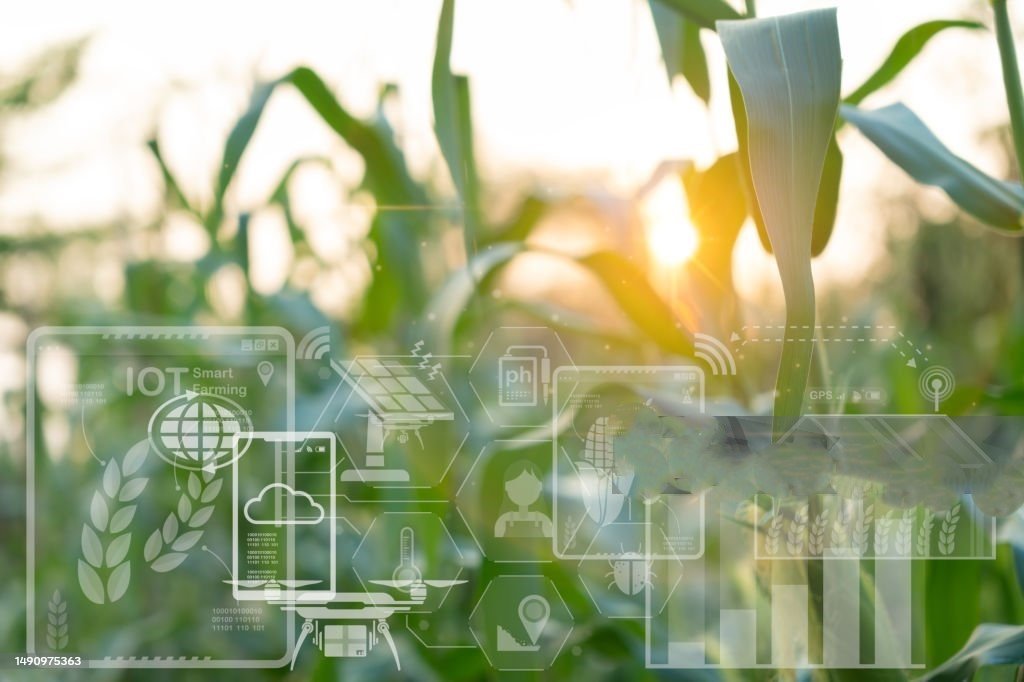
Climate change in Pakistan does more than harm the environment. It also has a big impact on how people live and work.
7. Agriculture and Food Security
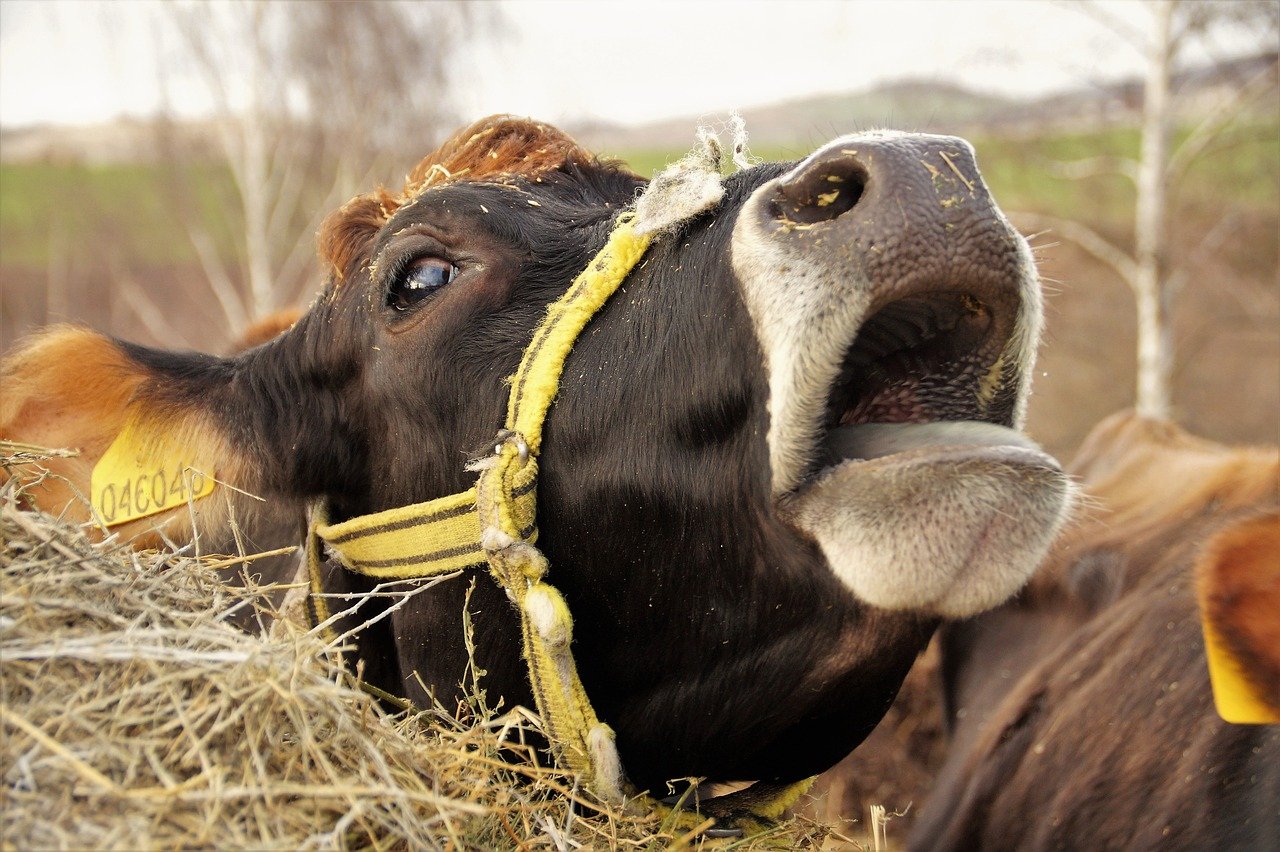
Farming plays a crucial role in Pakistan’s economy. It gives jobs to many people and has a big impact on the country’s wealth. Changes in the climate are putting pressure on farms. Odd weather more bugs eating crops, and less water make it harder to grow food. This creates problems for feeding everyone. Food costs more, and poor people can’t eat well.
9. Health

Climate change has a wide-ranging influence on health. Higher temperatures lead to heat-related sicknesses and make heart and lung problems worse. Changes in rainfall and warmer weather also help spread diseases like malaria and dengue fever that mosquitoes carry. Also when extreme weather forces people to move, they often end up living in poor conditions, which makes health problems even worse.
10. Economic Costs

The money climate change costs is huge. Natural disasters happen more often, and it takes a lot of cash to help people and rebuild. On top of that, farms produce less and damage to roads and buildings slows down the economy. Some people say Pakistan loses billions of dollars each year because of disasters caused by the changing climate.
Adaptation and Mitigation Strategies
Tackling the many problems that climate change brings needs a full plan that covers both adapting to changes and reducing their causes.
Adaptation Strategies
Adaptation means changing natural, social, and economic systems to deal with current or future climate effects and their results.
Water Management: Good water management is key. This means building and keeping up dams and reservoirs pushing for water-saving habits, and putting money into better watering methods for farms.
Agricultural Practices: To lessen the impact on farming, we need to create and use crops that can handle climate change, farm in ways that last, and grow different types of crops.
Disaster Preparedness: To make communities less vulnerable, we need to strengthen early warning systems, improve infrastructure to handle extreme weather, and raise community awareness to prepare for disasters.
Mitigation Strategies
Mitigation aims to cut down or stop greenhouse gas emissions.
Renewable Energy: By putting money into wind, solar, and hydropower, we can rely less on fossil fuels, which will lower greenhouse gas emissions.
Afforestation: Planting trees on a large scale and regrowing forests can help absorb CO2 from the air, while also boosting the health of ecosystems.
Energy Efficiency: When industries, transportation, and buildings use energy more, it can reduce how much energy we use and the emissions we produce.
Government and Policy Responses
The Pakistani government knows it needs to act on climate change now and has started several programs.
National Climate Change Policy: This policy sets up a plan to deal with climate change by adapting and cutting emissions. It stresses how important it is to make at-risk sectors and communities stronger.
Pakistan Climate Change Act: This law created the Pakistan Climate Change Council and the Pakistan Climate Change Authority. These groups have to oversee how climate policies and projects are put into action.
International Cooperation: Pakistan has signed many international deals, like the Paris Agreement, and takes part in global talks about climate. Working with other countries and getting money from them is key to starting big climate projects.
Conclusion
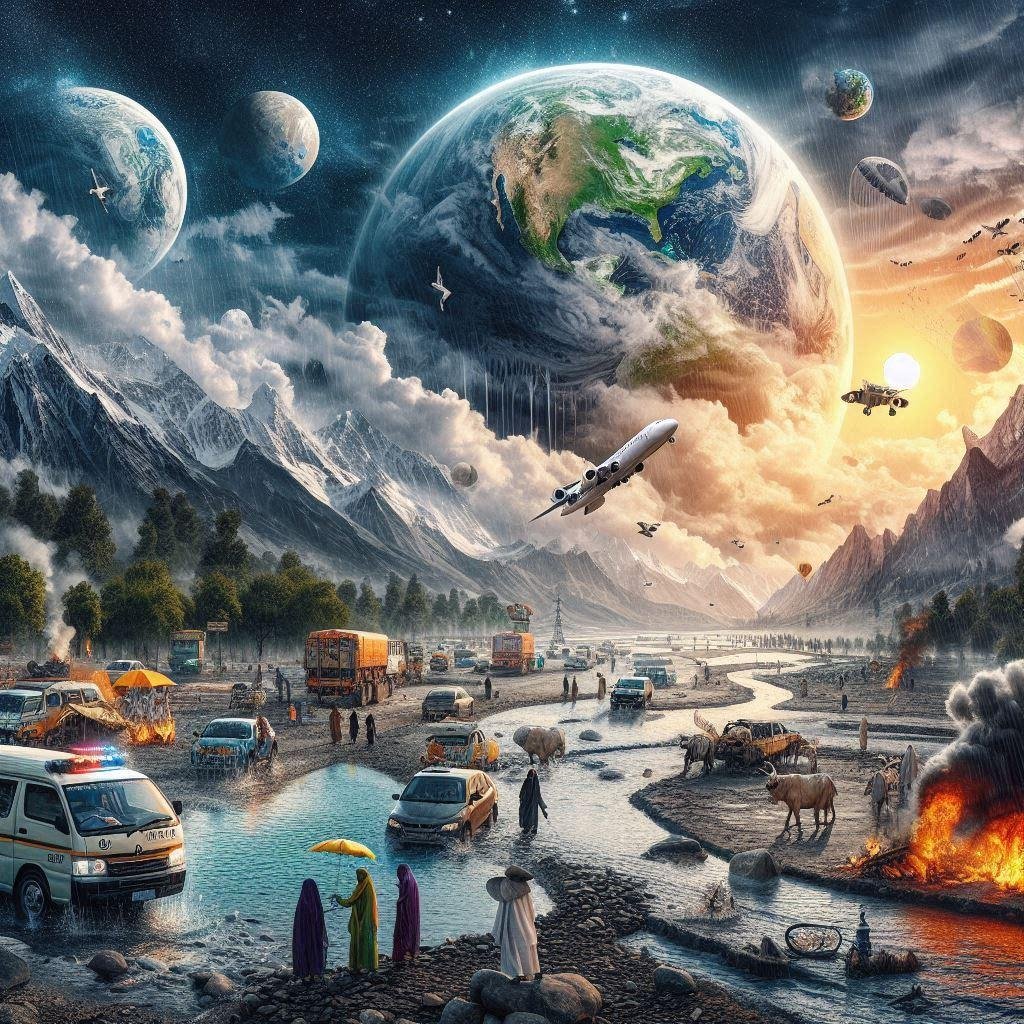
Climate change is a big problem for Pakistan. It has an impact on the country’s environment, economy, and people’s lives. To tackle this issue, we need everyone to work together – the government local communities, and other countries. Pakistan can get ready for climate change and create a better future by putting plans in place to adapt and reduce harm. We need to act now because this problem can’t wait.

